Toolkit for People who are Immunocompromised: Extra Layers of Protection
Note: The information contained on this page is for archival purposes only and it is no longer maintained or updated.
Toolkit for People who are Immunocompromised: Extra Layers of Protection
If you think of all the tools you can use for COVID — vaccinations, mask wearing, early testing and treatment, social distancing and avoiding large gathering — like layers of swiss cheese slices with little holes, you can see how each layer adds additional protection. While no one layer is perfect, many layers combined, result in higher protection against COVID.
If you are moderately or severely immunocompromised (have a weakened immune system), you are at increased risk of severe COVID-19 illness and death.
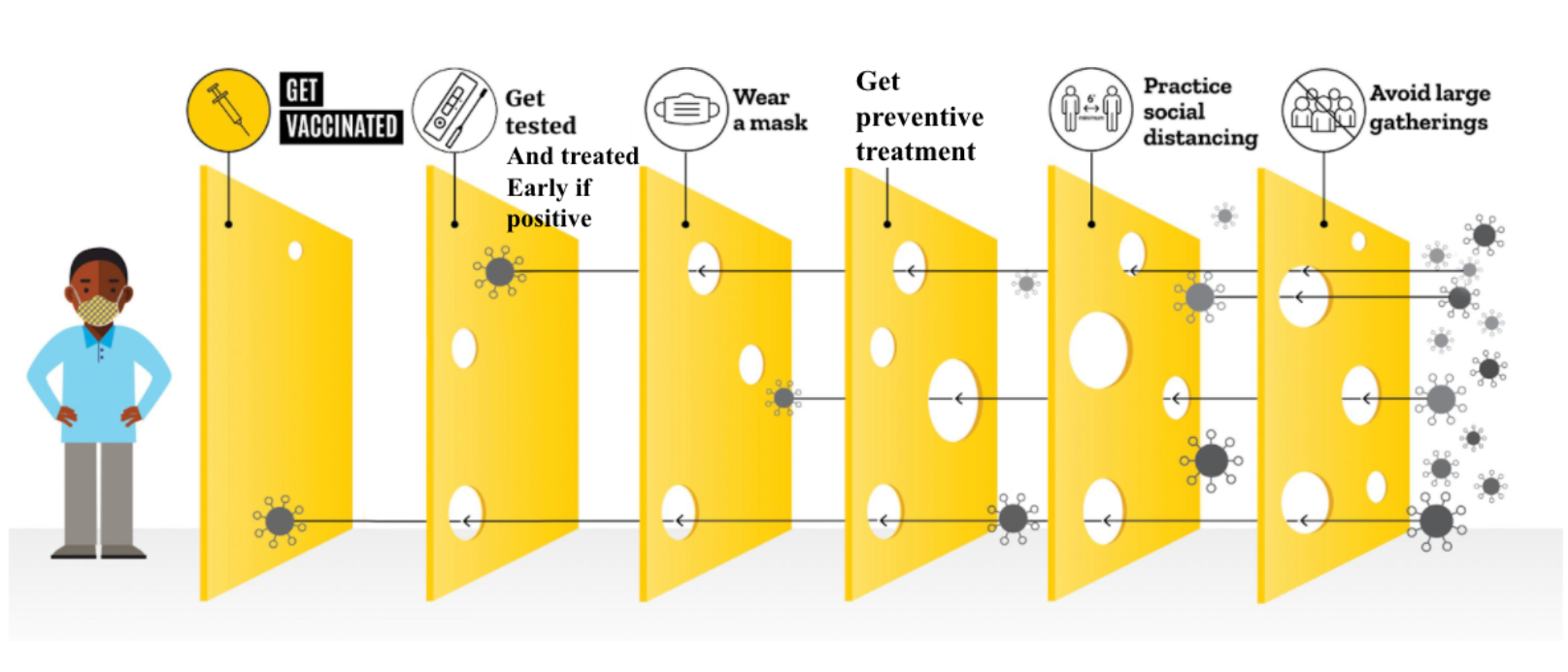
Who is considered moderately or severely immunocompromised?
- Undergoing active chemotherapy or radiation for tumors or blood cancers
- Had an organ transplant and are taking anti-rejection medication
- Received a stem cell transplant within the last two years
- Have a primary immunodeficiency syndrome such as DiGeorge syndrome or Wiskott-Aldrich syndrome
- Have advanced or untreated HIV/AIDS
- Taking high dose corticosteroids, e.g., more than 20 mg of prednisone each day or medicines like methotrexate for rheumatoid arthritis
- Some other immune-suppressing medications may qualify; individuals should talk to their doctor or call the COVID-19 hotline at 1-855-600-3453 (press option 3) to determine if their medications qualify them for a fourth dose
Toolkit for People who are Immunocompromised: Extra Layers of Protection
To protect yourself, a “toolkit” of extra layers of protection against COVID-19 is recommended:
| Toolkit | Purpose |
|---|---|
| #1 Vaccination | Prevents hospitalization and death from COVID-19 |
| #2 Long-Acting Antibodies | Used for the prevention of COVID-19 in addition to vaccine |
| #3 Mask Wearing | Decrease exposure to COVID-19 droplets |
| #4 Early Testing | Getting tested early if you have symptoms of COVID will help you get access to COVID treatment more rapidly |
| #5 Early Treatment | Early treatment with either oral or IV COVID medications will help prevent hospitalization and death |
| #6 Social distancing & avoiding large gatherings | If you are immunocompromised, practicing social distancing and avoiding large gatherings can also help protect you. |
Tool #1 Vaccination
If you are immunocompromised, your response to COVID-19 vaccination may be lower. Getting a three dose primary series and a booster is important. See below for additional information on vaccine doses.
Children Ages 5-11 Years Who Are Moderately or Severely Immunocompromised
Children ages 5 through 11 years who are moderately or severely immunocompromised should receive a primary series of 3 doses of Pfizer-BioNTech COVID-19 vaccine. A booster is not recommended for this age group at this time.
| Primary Series COVID-19 Vaccine | Age Group | Number of Doses to Complete Primary Series and Timing | Booster and Timing |
|---|---|---|---|
| Pfizer-BioNTech | 5–11 years |
3 doses
|
Not recommended |
Pre-teens, Teens and Adults Who Are Moderately or Severely Immunocompromised
People ages 12 years and older who are moderately or severely immunocompromised should receive a total of 4 doses of COVID-19 vaccine. The 4 doses are made up of a primary series of 3 doses of an mRNA COVID-19 vaccine, plus 1 booster of an mRNA COVID-19 vaccine (4th dose).
| Primary Series COVID-19 Vaccine | Age Group | Number of Doses to Complete Primary Series and Timing | Booster and Timing |
|---|---|---|---|
| Pfizer-BioNTech | 12+ years |
3 doses
|
1 Booster Given at least 3 months after 3rd dose |
| Moderna |
|
3 doses
|
1 Booster Given at least 3 months after 3rd dose |
* Although mRNA vaccines are preferred for people 18 years and older, J&J/Janssen COVID-19 vaccine may be considered in some situations.
People Who Are Moderately or Severely Immunocompromised and Have Received a J&J/Janssen Vaccine
People ages 18 years and older who are moderately or severely immunocompromised and received the 1 dose Johnson & Johnson’s Janssen COVID-19 vaccine should get a second dose of either Pfizer-BioNTech or Moderna COVID-19 vaccine (mRNA COVID-19 vaccines). They should also receive a booster—for a total of 3 doses.
| Primary Series COVID-19 Vaccine | Age Group | Number of Doses to Complete Primary Series and Timing | Booster and Timing |
|---|---|---|---|
| J&J/Janssen | 18+ years |
2 doses
|
1 Booster Either Pfizer-BioNTech or Moderna (mRNA COVID-19 vaccines) in most situations given at least 2 months after 2nd dose |
*Although mRNA vaccines are preferred for people 18 years and older, J&J/Janssen COVID-19 vaccine may be considered in some situations.
Tool #2: Long Acting Antibodies for Prevention of COVID-19
Long Acting Antibodies can be used in addition to vaccines for additional protection. Evusheld is a new, long-acting monoclonal antibody therapy that is available for immunocompromised individuals such as cancer patients and transplant recipients (see list above ).
More information on Evusheld can be found here: COVID-19 Preventive Medications. Individuals should talk to their doctor or call the COVID-19 hotline at 1-855-600-3453 (press option 3) to determine if they should get Evusheld.
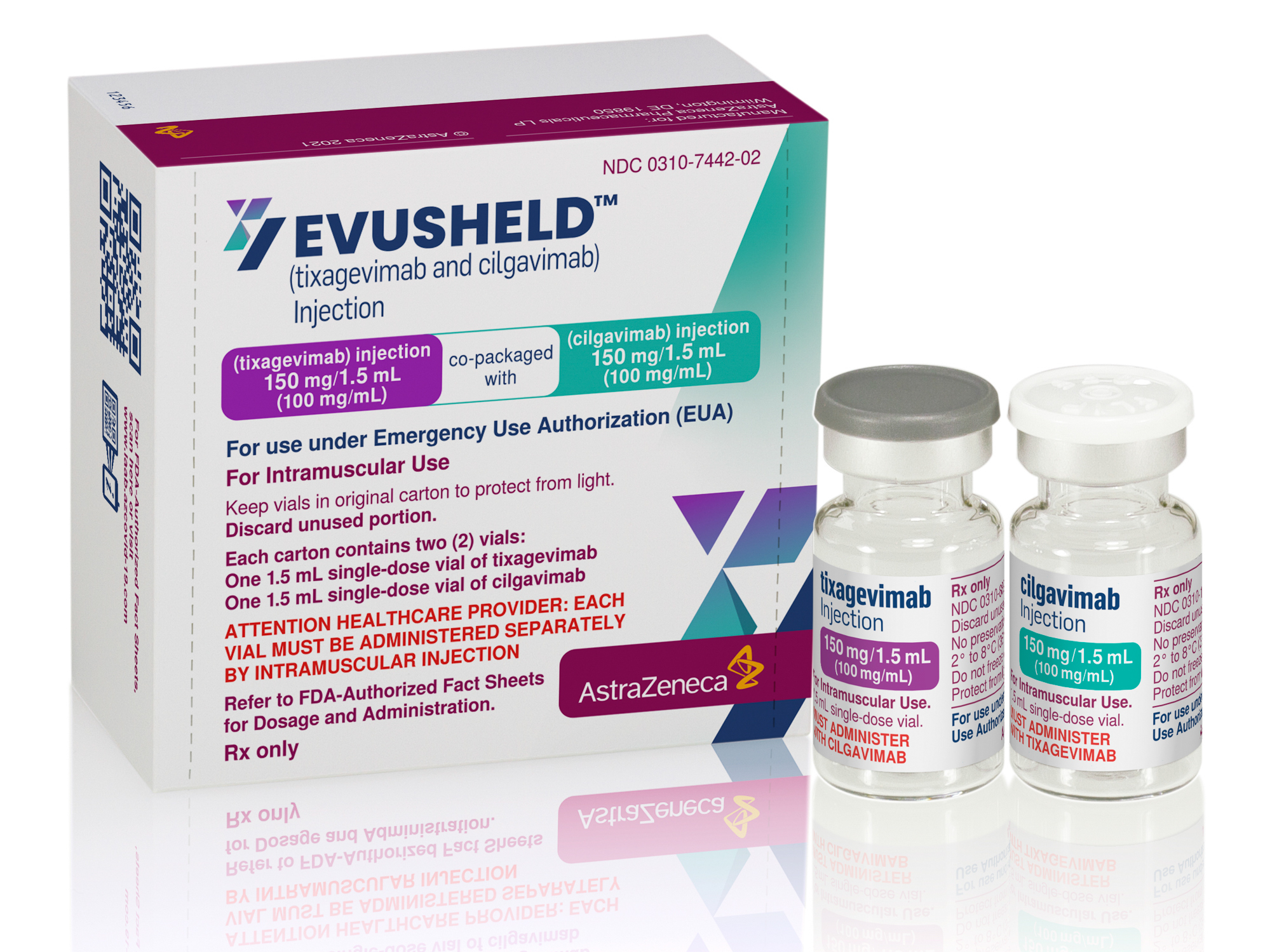
Tool #3: Mask Wearing
If you are immunocompromised, you may not be fully protected even if you are up to date on your vaccines. Wearing a well-fitted mask protects against COVID. Respirators such as KN95 and N95 masks are recommended because they offer higher protection.
For more information on masks, click links below from the CDC.

Do I always have to wear a mask?
Think of masks as something you layer on and layer off “depending on the weather.” So if it is cold outside, you add mittens, or an extra jacket.
If you are in an activity with a high risk of COVID (i.e. large indoor gathering), then wear a well-fitting mask. If you are in an activity with a low risk of COVID (i.e. outdoor hiking), then you don’t need to wear a mask. Take into account your risk and the risk of others to make a decision about wearing a mask.
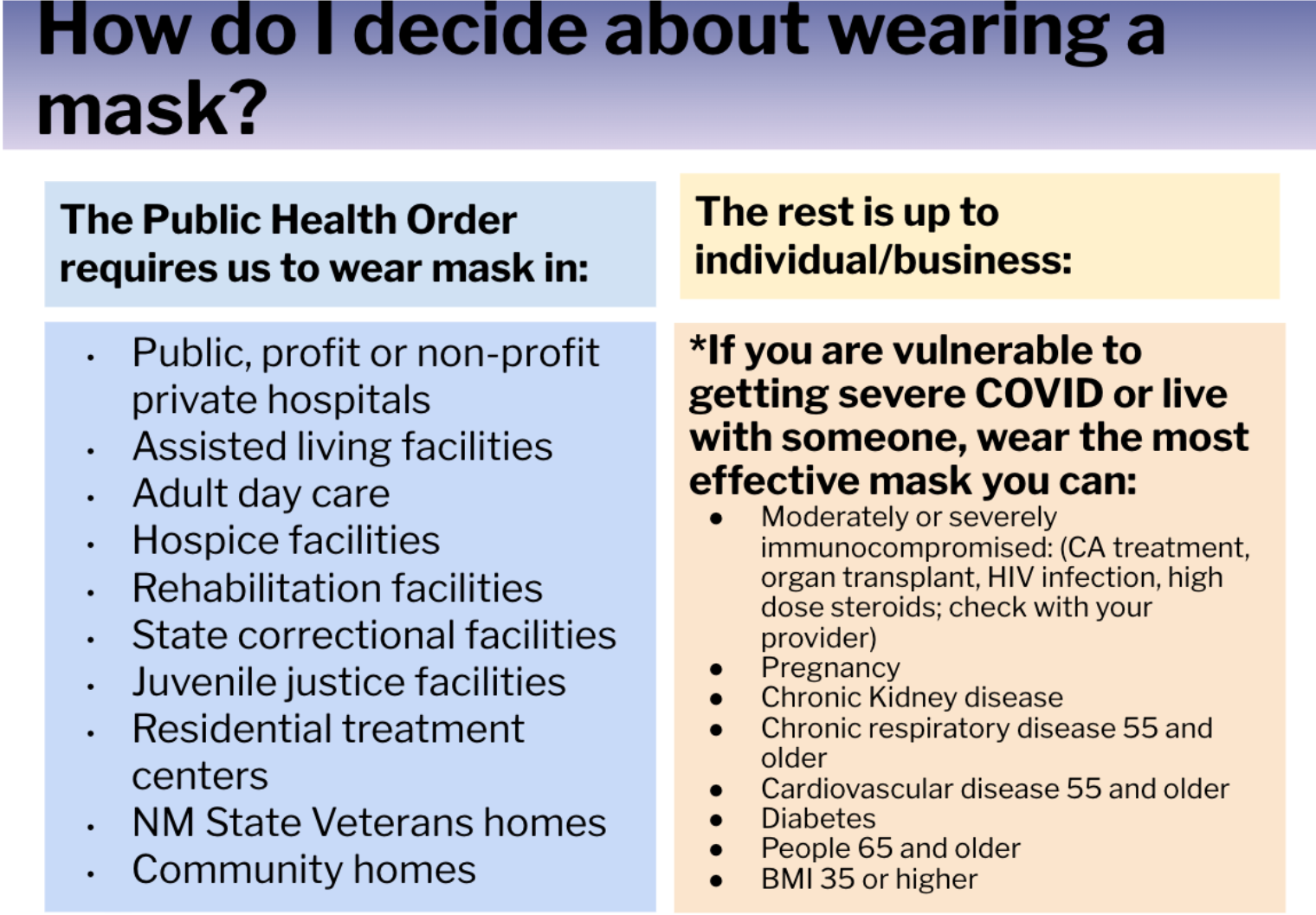
#4 Early Testing
Home tests can be completed in 15 minutes, allowing people to act quickly. Knowing you are COVID positive allows you to seek timely medical attention, especially if you are immunocompromised, which places you at higher risk for hospitalization and death.
NMDOH encourages all New Mexicans to order free at-home COVID-19 tests to have on hand in case you get symptoms or are exposed to someone with COVID. To locate tests for delivery or pick up, visit: FindaTestNM.org.
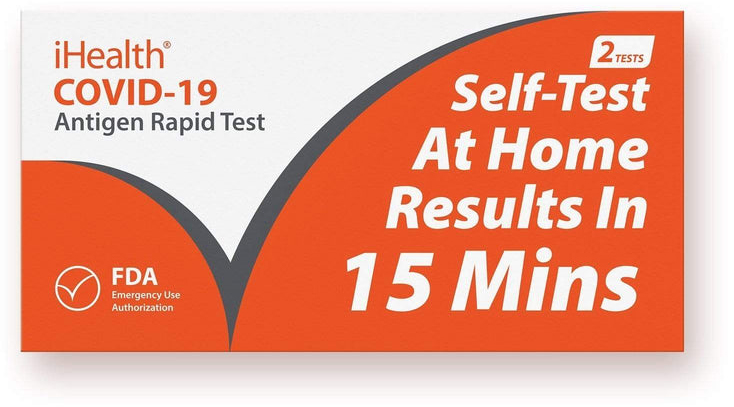
#5 Early Treatment for COVID
If you are immunocompromised and test positive for COVID19, getting treated quickly is critical. At home, oral covid treatments should be started within 5-days of symptom onset and IV treatments within a 10-day window. The earlier you get treated the better.
To learn more about early treatments for COVID if you do test positive, Treatments for COVID-19 in case you test positive.
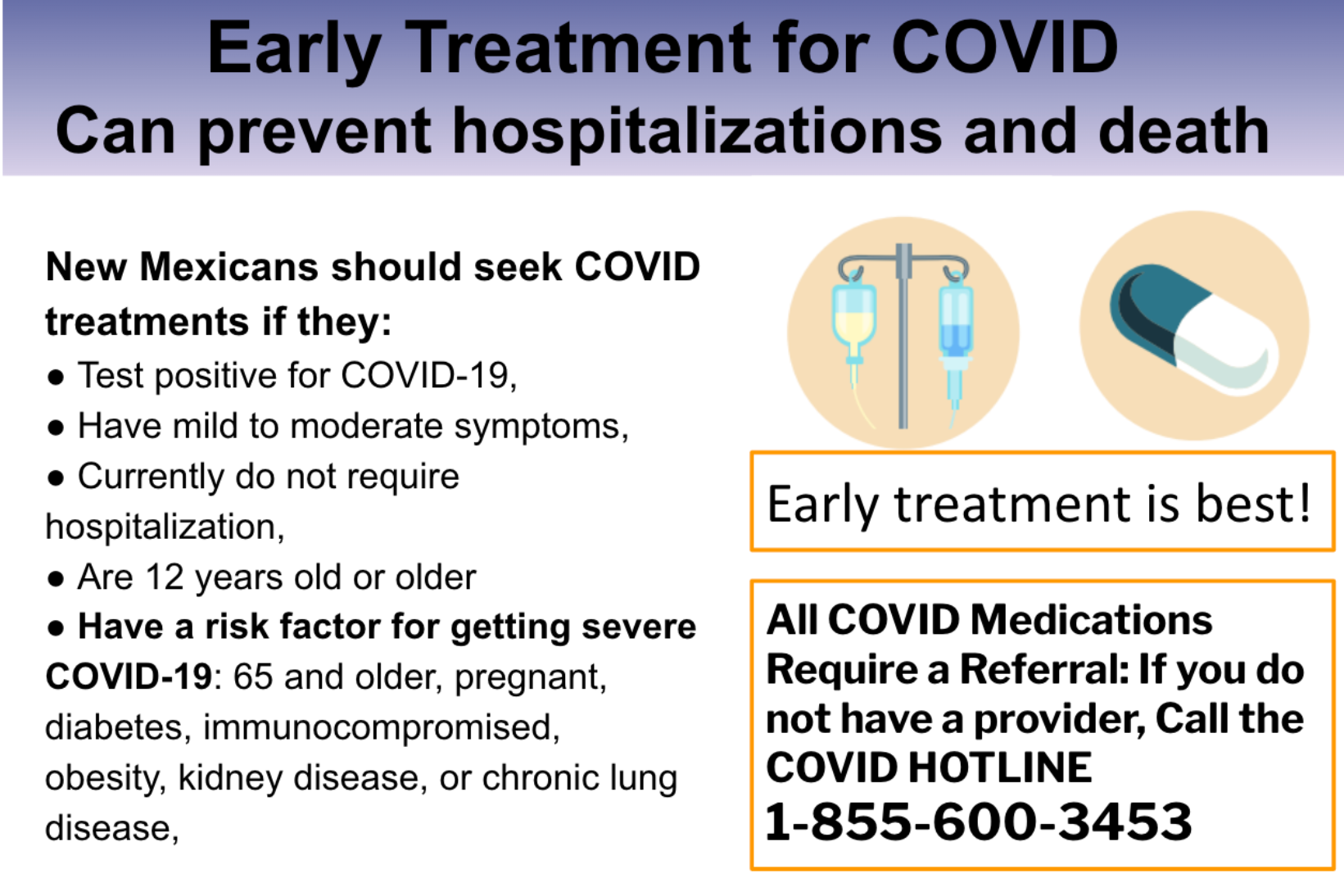
#6 Social distancing and avoiding large gatherings
If you are immunocompromised, practicing social distancing and avoiding large gatherings can also help protect you.
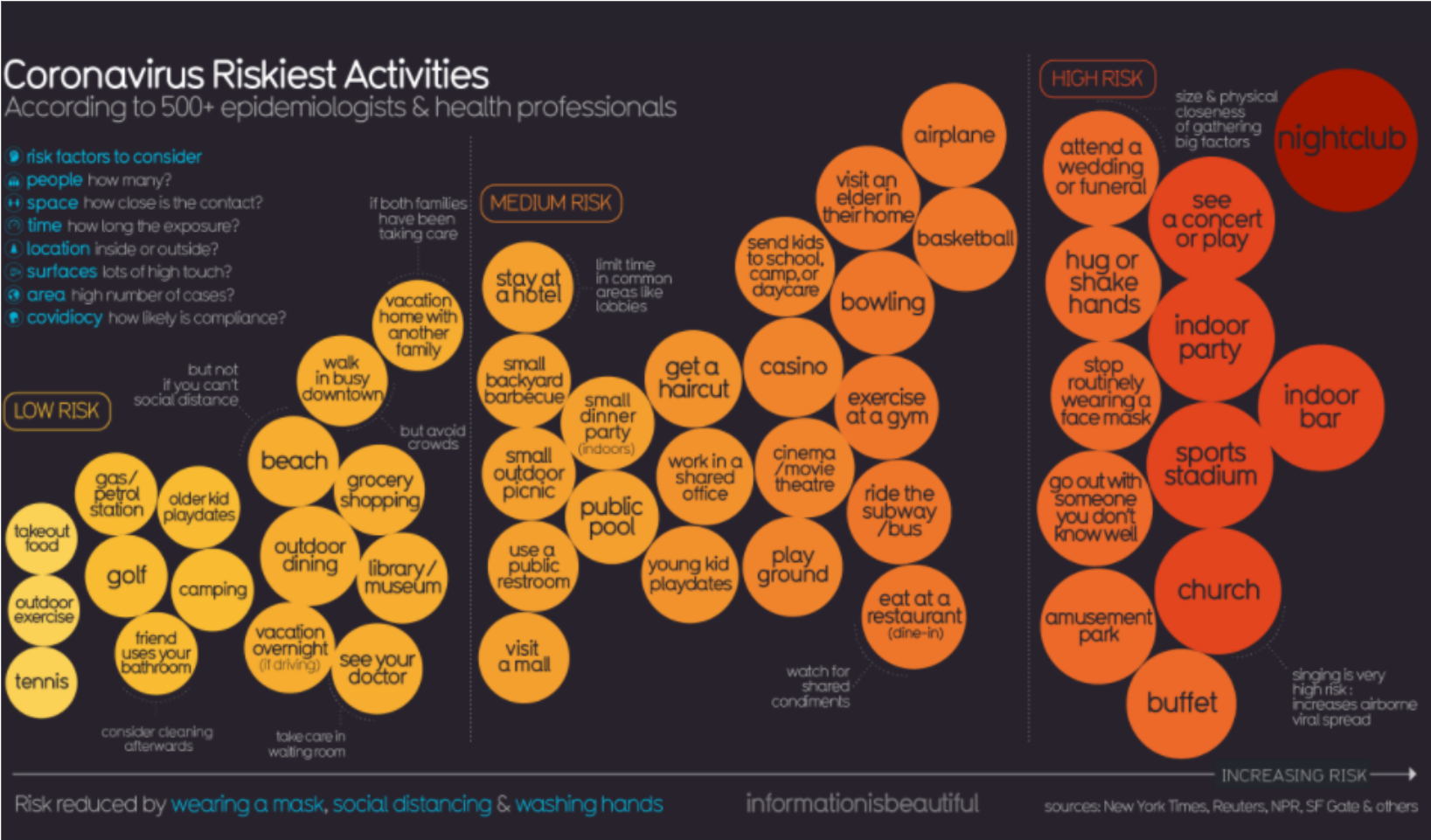
Examples of High Risk Activities from Information is Beautiful.
Copyright New Mexico Department of Health
